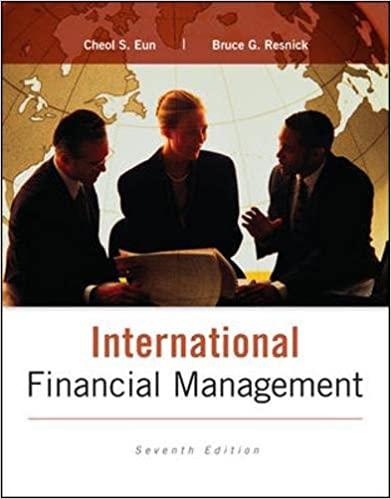Answered step by step
Verified Expert Solution
Question
1 Approved Answer
questions 17.7-17.11 problems 7-11 17.7. When pricing an option using risk-neutral valuation, one is assuming that all investors are risk neutral. Hence, if one believes
 questions 17.7-17.11
questions 17.7-17.11problems 7-11
17.7. When pricing an option using risk-neutral valuation, one is assuming that all investors are risk neutral. Hence, if one believes that investors are risk averse, risk-neutral valuation cannot be used. True or false? Explain your answer. FIGURE 17.4: Today After 1 year 120.773898 100 89.47150422 Call: strike price K= 105, option matures after 1 year. Money Market Account (mma) 1.051271096 Note: The up factor U is US/S= 120.773898/100 = 1.2077. The down factor Dis DS/S= 89.471504/100 = 0.8947 Dollar return 1 + R = 1.0513. We report numbers to four places and the final answer to two places after the decimal point although calculations consider ten places after the decimal point. The next eight questions use the above data. 17.8. a. Given the preceding data, set up a perfect hedge and compute the call option's value. b. What is the hedge ratio? What does it signify? 17.9. a. What are the pseudo-probabilities? b. Show that the stock price is its discounted expected value using these pseudo-probabilities. 17.10. Compute the call option's value using risk-neutral valuation. 17.11. Suppose the market price of the call option is $6. Is there an arbitrage opportunity? Show how you can take advantage of this price to make arbitrage profits Step by Step Solution
There are 3 Steps involved in it
Step: 1

Get Instant Access to Expert-Tailored Solutions
See step-by-step solutions with expert insights and AI powered tools for academic success
Step: 2

Step: 3

Ace Your Homework with AI
Get the answers you need in no time with our AI-driven, step-by-step assistance
Get Started


